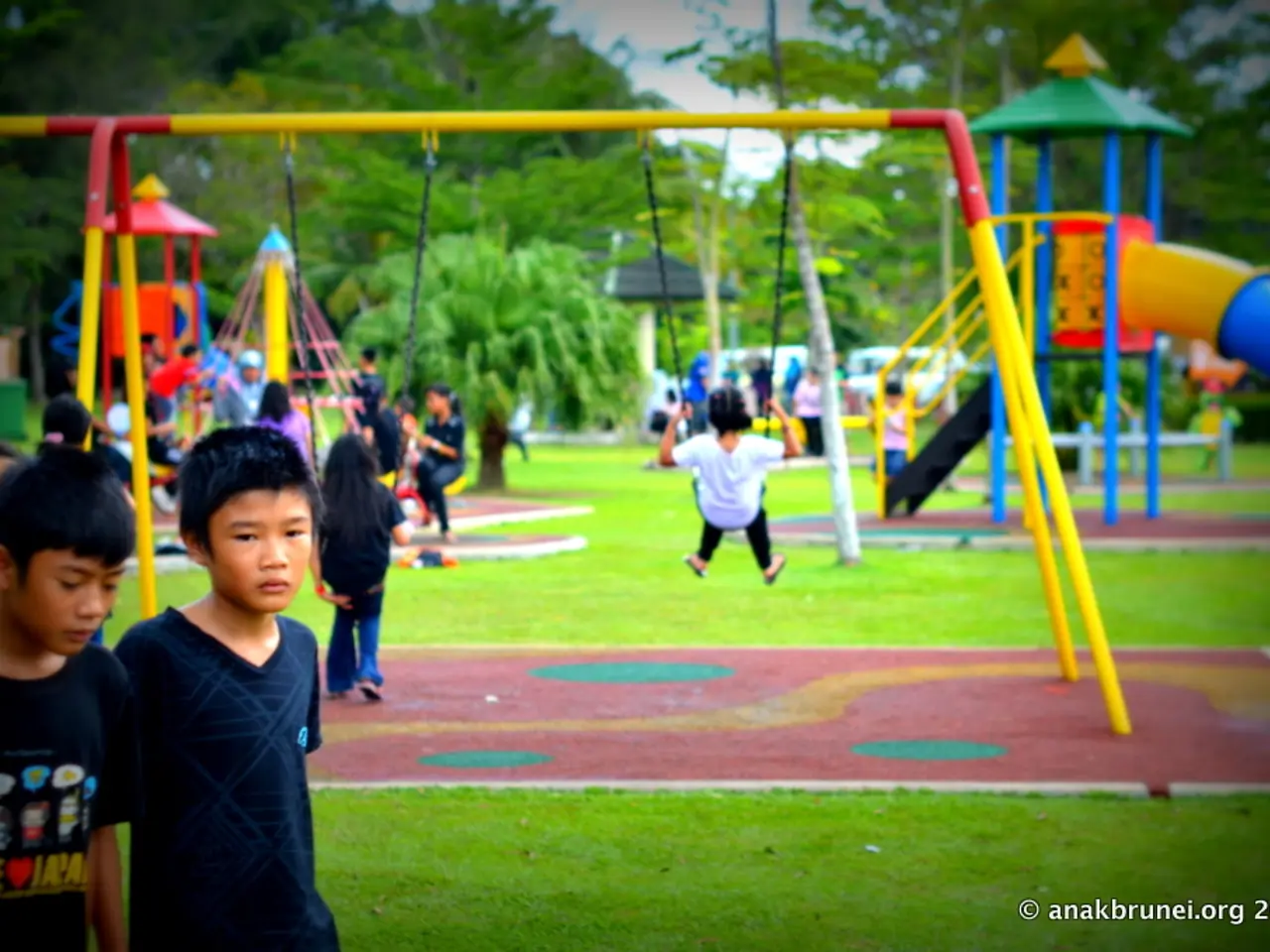Easy Yoga Postures for Young Children
In a world where children are constantly bombarded with screens and sedentary activities, the importance of physical and emotional well-being has never been greater. That's why creative movement activities and preschool yoga are gaining popularity as a fun and effective way to support the holistic growth of young children.
Physical Development
Through dancing, hopping, jumping, and obstacle courses, children can enhance their gross motor skills, body awareness, rhythm, coordination, and balance. Activities like drawing emotions or collage making can further promote emotional intelligence. Group-based movement games foster teamwork, communication, empathy, and community building.
Emotional Development
Allowing children to express feelings and emotions through free movement to music, guided dancing, or imaginative scenarios helps them understand and manage emotions. For instance, Ms. Thompson strums her ukulele as preschoolers stomp like elephants to a jungle beat, transforming routine activities into unforgettable learning moments.
Social Development
Group-based movement games promote teamwork, communication, empathy, and community building as children follow cues and share creative ideas. Games like follow-the-leader or group dance foster cooperation and leadership skills.
Cognitive Development
Creative movement integrated with storytelling or rhythmic games supports memory, pattern recognition, problem solving, and comprehension. Story sequencing works wonders, guiding children through adventures like jungle expeditions where they swing like monkeys before resting as sleepy snakes.
Safety and Adaptation
To ensure safety in kid-friendly sessions, use non-slip mats, avoid complex inversions like headstands, and keep poses low to the ground. Modifying poses for beginners involves using visual anchors for alignment and allowing bent knees in forward folds.
Preschool Yoga
Preschool yoga combines the benefits of creative movement with mindfulness techniques. The Waterfall fold becomes an interactive game, safely stretching hamstrings while encouraging creativity. Partner activities, like Seated Forward Bend with linked arms, foster teamwork and trust between adults and children during family yoga sessions.
Encouraging personal variations and celebrating all attempts with phrases like "I love how you're trying!" helps build confidence in preschool yoga participants. Simplify complex shapes using visual anchors, allow bent knees in forward folds, and encourage personal variations to accommodate beginners.
Short attention spans demand creative solutions, such as prop-based play and surprise elements between positions, to keep young children engaged. Keep sessions short (5-10 minutes) and follow a child's lead to avoid resistance in preschool yoga.
Mindfulness Moments
Short sessions of mindfulness moments throughout the day reinforce the benefits of meditation without overwhelming young attention spans. Simple breathing exercises for kids include Flower & Candle Breath and Cloud Floating.
Building Bridges
By making wellness a group effort, households create healthy habits that stick. Shared stretches and laughter create moments that build bridges between generations during family yoga sessions. Yoga can play an important role in strengthening relationships between parents and children through shared physical activities.
Preschoolers sit cross-legged with hands on their knees in a quiet corner of the local library, learning simple meditation techniques. These activities support the holistic growth of young children with joyful and imaginative engagement.
- Incorporating mindfulness moments throughout the day can reinforce the benefits of meditation for children without overwhelming their attention spans.
- Embracing the use of props, surprise elements, and personal variations in preschool yoga not only keeps young children engaged but also accommodates their beginner level and short attention spans.
- By participating in shared activities like family yoga sessions, households can foster healthy habits that strengthen relationships between parents and children.
- The practice of preschool yoga merges the advantages of creative movement with mindfulness techniques, thereby promoting both physical and emotional well-being in young children.
- Engaging in fashion-and-beauty activities that focus on self-expression and self-care can contribute to a positive lifestyle for both children and adults.
- As part of their holistic growth, children can develop essential life skills like leadership, teamwork, and empathy through social interactions facilitated by group-based movements and games.




